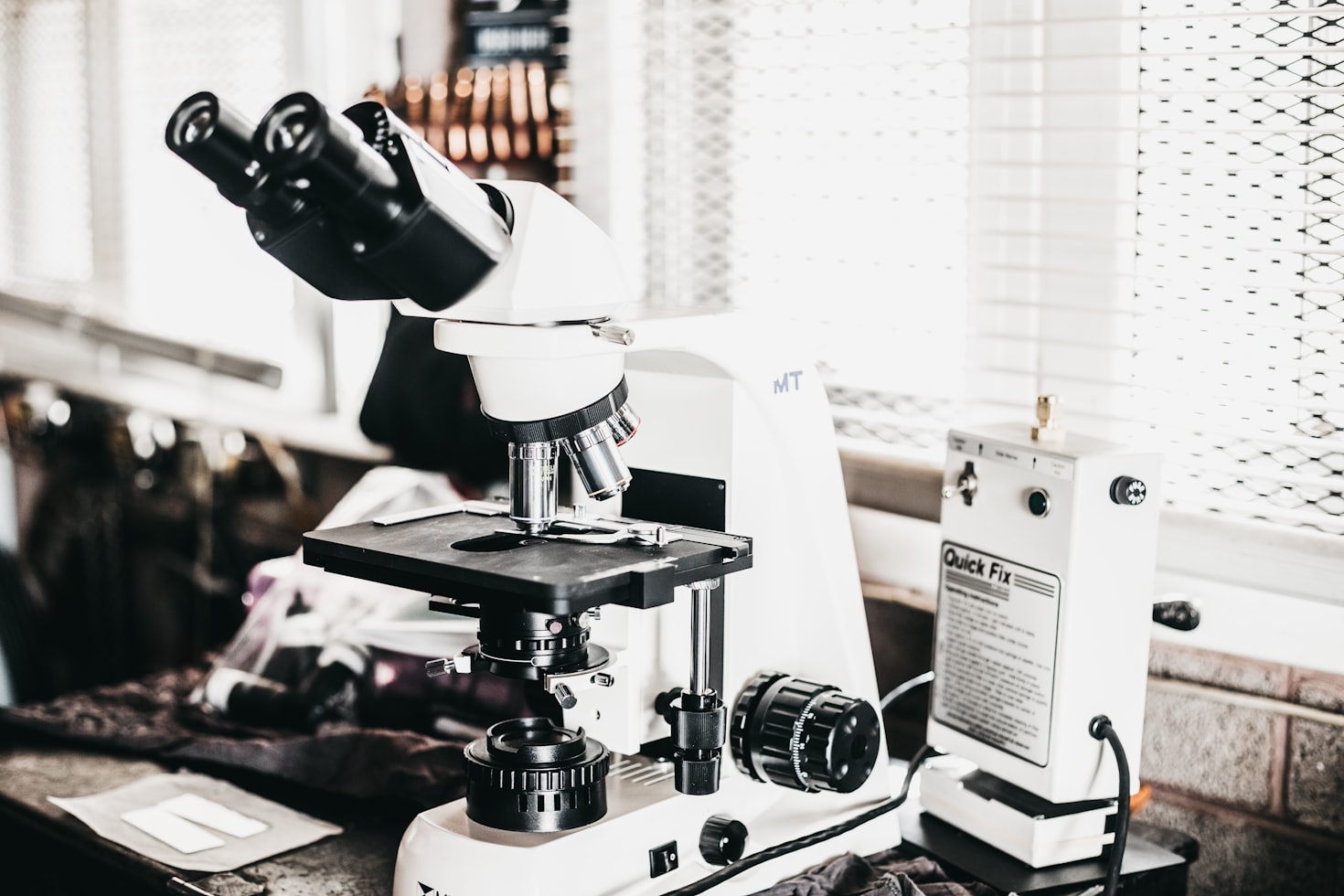News
Fragment 176–191 Peptide: A Window into Metabolic and Regenerative Research

Growth Hormone (hGH) Fragment 176–191 is a small peptide derived from the C-terminal region of hGH. In scientific investigation, this peptide has drawn attention for its unique properties distinct from the broader actions of full-length hGH. This article explores potential applications of fragment 176–191 in research domains—particularly metabolic regulation, connective tissue dynamics, and nanoparticle targeting strategies—through a lens of exploratory language, focusing exclusively on research model findings.
Metabolic and Lipid Dynamics Research
Emerging reports in experimental research indicate that Fragment 176–191 may influence adipose-associated metabolism. Specifically, the peptide is hypothesized to modulate adipocyte function by potentially upregulating beta-3 adrenergic receptor (β3-AR) gene expression. Studies suggest that this upregulation might lead to increased receptor density on adipocyte membranes, possibly rendering cells more responsive to endogenous catecholamines and indirectly fostering lipolytic pathways. These speculations offer a mechanistic basis for the peptide’s putative role in metabolic regulation.
Additionally, fragment 176–191 is speculated to impact glycogen metabolism. In experimental research models, there may be a shift in the ratio of active to inactive glycogen synthase in muscle, adipose, and liver tissue—albeit with total enzyme levels intact—suggesting possible interference with normal glycogen turnover and glucose homeostasis.
Historical laboratory findings further suggest that the peptide may mimic certain lipolytic features of full hGH without broader anabolic signals. This has led to the proposal that Fragment 176–191 might induce changes in energy storage patterns, specifically leaning toward altered fat cell retention processes.
Cartilage‐Associated Regenerative Mechanisms
Aside from metabolic avenues, Fragment 176–191 might harborproperties relevant to connective tissue dynamics. Research attention has gravitated toward its involvement in cartilage-associated contexts. Preliminary findings indicate that, when combined with hyaluronic acid in research models, the peptide is believed to potentiate hyaluronic acid–mediated cartilage renewal. Such co-application might hypothetically contribute to the reduction of disability metrics linked to degenerative cartilage conditions.
This theoretical synergy raises intriguing prospects for the peptide as a molecular adjuvant in regenerative research frameworks, although causal molecular pathways remain speculative and require further mechanistic dissection.
Peptide in Targeting Constructs
Another exciting speculative frontier emerges from nanoparticle research. In silico docking investigations suggest that Fragment176–191 may augment the targeting capability of nanoparticles. One exemplary context involves combining the peptide with doxorubicin-loaded chitosan nanoparticles and exploring interactions with tumor-associated receptors. Computational modeling indicates that the peptide may increase the binding affinity of the drug cargo to targets such as Ki-67, Mib protein, and progesterone receptor, compared to compound packaging without peptide co-loading.
Moreover, chitosan nanoparticles co-loaded with both peptides may exhibit physicochemical attributes—such as favorableparticle size, uniformity, and surface charge—that may enhance targeting precision in research model systems. These qualities may inform innovative strategies for investigating receptor-mediated exposure mechanisms within controlled experimental frameworks.
Blended Peptide Strategies: Synergistic Speculations
Fragment 176–191 has also featured in discussions of multi-peptide blends within experimental exploration. In such constructs, the peptide is theorized to synergize with other peptides—such as Modified GRF 1-29 (a GHRH analog) and Ipamorelin—to collectively influence lipolytic pathways, metabolic regulation, thermogenesis, and perhaps even components of growth hormone axis modulation.
In these blended contexts, Fragment 176–191 has been hypothesized to serve as a focal lipolytic trigger, while companion peptides may modulate neuroendocrine signaling or tissue repair dynamics. Though highly theoretical, this approach may spark new experimental designs aimed at orchestrating peptide interactions within metabolic research frameworks.
Translational Considerations through a Research Lens
While Fragment 176–191 is frequently hailed in speculative discussions as a lipolytic fragment, some sources caution that its impacts may have been overstated when extrapolating from modified derivatives such as AOD-9604.
Intriguingly, AOD-9604—a closely related, active derivative—was initially thought to retain lipolytic versatility without stimulating IGF-1 pathways. However, subsequent investigations have questioned its efficacy, and its development was ultimately discontinued. This narrative underscores the speculative nature of applying fragment-based peptides beyond controlled experimental conditions.
Emerging Research and Open Questions
Several compelling lines of future inquiry emerge from the theoretical constructs surrounding Fragment 176–191:
Conclusion
Fragment 176–191 stands at the intersection of metabolic modulation, regenerative tissue dynamics, and targeted exposure speculation. Its structural origin within hGH positions it as a fragment of interest, distinct from classical hormonal signaling. Studies suggest that the peptide may serve as a tool for exploring adipocyte receptor expression, glycogen synthesis regulation, cartilage-associated matrix interactions, and nanoparticle targeting enhancements. Blended peptide formulations further broaden speculative horizons.
Crucially, though promising signals emerge from research model findings, the translational leap toward experimental relevance remains firmly in the realm of possibility rather than fact. The speculative tone surrounding Fragment 176–191 invites experimental validation across molecular, cellular, and integrated systems, offering a fertile trajectory for future scientific discovery. Licensed professionals interested in the best research materials may go here.
Kenya Insights allows guest blogging, if you want to be published on Kenya’s most authoritative and accurate blog, have an expose, news TIPS, story angles, human interest stories, drop us an email on [email protected] or via Telegram
-

 News4 days ago
News4 days agoTemporary Reprieve As Mohamed Jaffer Wins Mombasa Land Compensation Despite Losing LPG Monopoly and Bitter Fallout With Johos
-

 Business2 weeks ago
Business2 weeks agoPanic As Payless Africa Freezes With Billions of Customers Cash After Costly Jambopay Blunder
-

 Investigations1 week ago
Investigations1 week agoHow SportPesa Outfoxed Paul Ndung’u Of His Stakes With A Wrong Address Letter
-

 Investigations4 days ago
Investigations4 days agoFrom Daily Bribes to Billions Frozen: The Jambopay Empire Crumbles as CEO Danson Muchemi’s Scandal-Plagued Past Catches Up
-

 News2 weeks ago
News2 weeks agoSCANDAL: Cocoa Luxury Resort Manager Returns to Post After Alleged Sh28 Million Bribe Clears Sexual Harassment and Racism Claims
-

 Sports3 days ago
Sports3 days ago1Win Games 2025: Ultimate Overview of Popular Casino, Sports & Live Games
-

 Investigations1 week ago
Investigations1 week agoInside the Deadly CBD Chase That Left Two Suspects Down After Targeting Equity Bank Customer Amid Insider Leak Fears
-

 Business4 days ago
Business4 days agoHass Petroleum Empire Faces Collapse as Court Greenlights KSh 1.2 Billion Property Auction




















